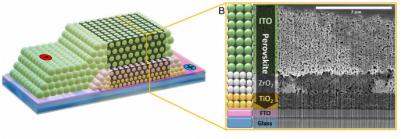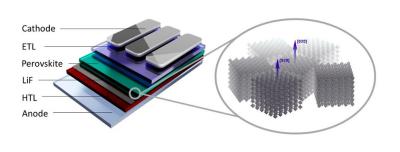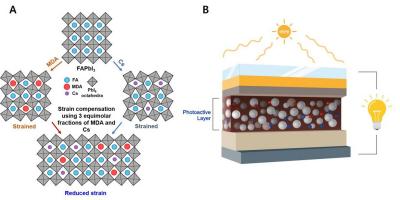POTECH team designed highly efficient and stable PSC materials using an organic spacer molecular additive
Researchers at POSTECH recently developed an organic spacer molecular additive that can improve both the photoelectric efficiency and stability of perovskites.
The POSTECH team, led by Professor Kilwon Cho and Ph.D. candidate Sungwon Song of the Department of Chemical Engineering, succeeded in fabricating perovskite solar cells that are highly efficient and stable by drastically reducing the concentration of internal defects in the crystals as well as increasing the moisture resistance of perovskite by introducing a new organic spacer molecule additive in the perovskite crystal.




